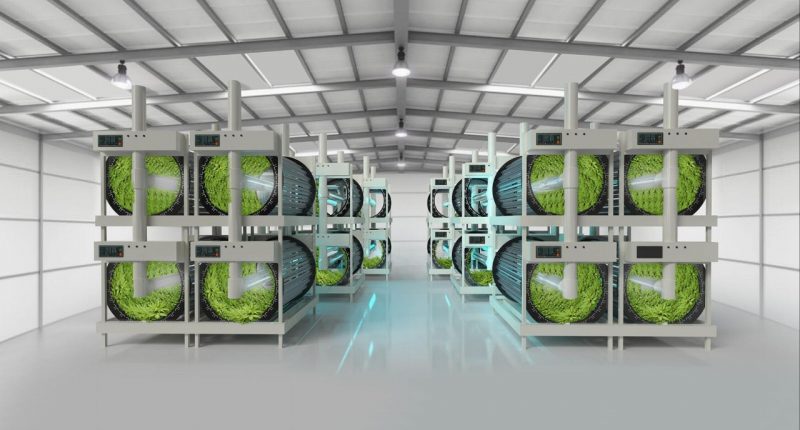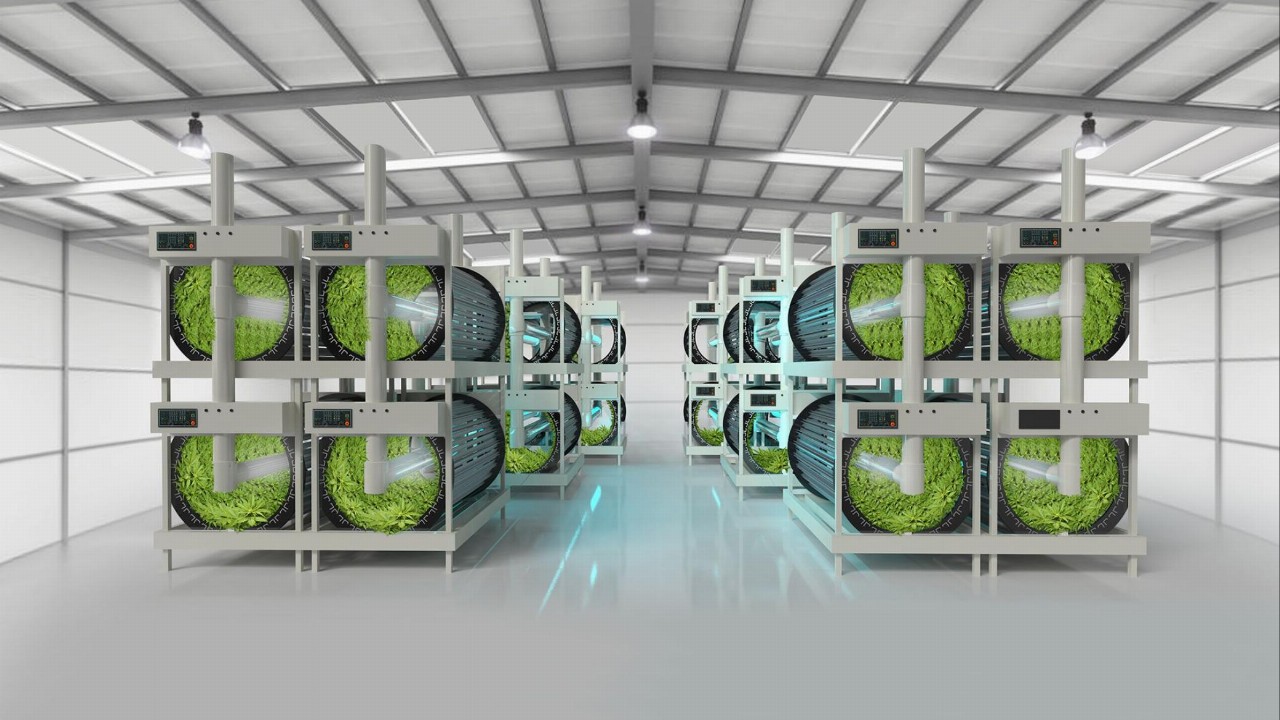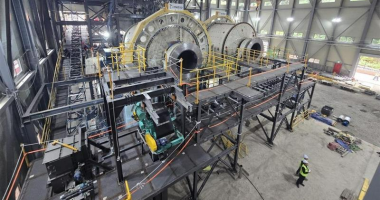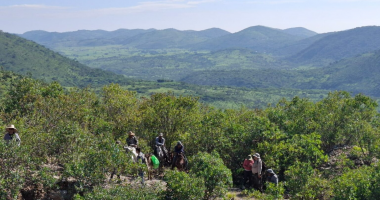- Agriculture in space is fast becoming one of the most important industries in the space travel market
- Global investment in space travel is at an all-time high, spurred on by the 2021 billionaire “Space Race” that privatised the industry for the first time
- But it doesn’t matter if a spaceship can comfortably make it to Mars in one piece if the astronauts don’t have enough food to survive the journey
- RotoGro’s unique vertical farming technology ticks all of the necessary boxes for space-based agriculture, maximising farming space and crop yield
- The company has taken its first step into the space agriculture sector by applying for NASA and the CSA’s Deep Space Food Challenge
While the billionaire space race of 2021 has taken the spotlight when it comes to extraterrestrial activity, there’s a growing space-based industry you’ve never heard of: space farming.
Agriculture in space is set to transform the farming and space travel industries as we know it, leveraging technological advancements across the global farming industry to grow crops outside of the earth’s atmosphere.
The United States National Aeronautics and Space Administration (NASA) has been developing ways to effectively grow food in space for years, developing products like its Advanced Plant Habitat (APH) tech to automate the farming process.
With the rise of vertical farming and regenerative agriculture, this process is only becoming more effective.
Effective space for outer space
At the forefront of outer space agriculture capabilities is a growing industry known as urban vertical farming.
In vertical farms, crops can be grown and tended to on flat tables in artificial light. These tables can then be stacked on top of each other — meaning farmers can make optimal use of their growing space and don’t need acres of land to grow their crops.
While vertical farms are typically touted as a way to bring farming capabilities to central urban areas like cities and suburbs, one of the world’s first working vertical farms was developed by NASA plant physiologist Raymond Wheeler at the Kennedy Space Center back in the 1980s.
Complementing the rise of vertical farms are some major developments in “regenerative” agriculture — a method of farming designed to minimise wastage as a way to reduce carbon emissions.
Through methods like cover cropping, minimal tillage and crop rotations, regenerative farming businesses have devised ways to optimise the farming process and keep soil healthier for longer.
By adopting vertical farming techniques and regenerative farming practices, NASA has floated the idea of farming in greenhouses on space stations or even on other planets or moons, à la Matt Damon in The Martian.
But it’s more than just a Hollywood-esque dream; across the globe, investment into space and space-based technology is at an all-time high.
The need for food
In May, US President Joe Biden unveiled plans to give NASA some US$25 billion in the White House’s 2022 federal budget.
This is the biggest budget ever assigned to NASA.
What’s more, President Biden proposed a five per cent increase in funding to NASA’s deep-space exploration programs.
KPMG predicts that by 2030, the global space industry will be worth upwards of US$600 billion. What’s more, the top-tier auditor said secondary space industries have the most to gain.
This is not to mention the 2021 billionaire “Space Race” that saw space travel privatised for the first time. Virgin’s Richard Branson made history with the first-ever private space journey in July. Amazon’s Jeff Bezos followed soon after. Tesla’s Elon Musk is next in line.
This has only expanded the buzz around space travel and how tech advancements and stronger investment into the industry can revolutionise humanity’s capabilities.
However, NASA has flagged the potential bottleneck a lack of space agriculture development could introduce to the industry.
As investment into the space sector grows, the limiting factor into how far into space astronauts can explore shifts from technology to food sustainability; it doesn’t matter if a spaceship can comfortably make it to Mars in one piece if the astronauts don’t have enough food to survive the journey.
As such, space organisations around the world are looking for businesses that offer ways to grow food in outer space to keep astronauts well-fed on long journeys.
One of the latest entrants into this market is ASX-listed RotoGro (RGI), which has the technology to potentially bring space-based farming to life.
RotoGro’s spot in the market
RotoGro brings a unique twist to the conventional vertical farming industry with its rotational garden technology.
The company plants and cultivates crops in cylinder-shaped gardens that rotate around a central light, ensuring equal light access for all plants.
The technology maximises the use of space for farmers and the yield of the crops, making for an efficient optimised vertical farming system.
Now, RotoGro has taken its first step into the space agriculture sector by applying for the Deep Space Food Challenge — a research and development initiative by NASA and the Canadian Space Agency (CSA).
This international competition is designed to incentivise the development of novel food production technology for long-duration space missions.
The Deep Space Food Challenge is one of NASA and the CSA’s initiatives to ensure that as space tech improves, the availability of food improves with it.
To grow food in space, an indoor farm needs to have a high-crop yield per square metre, the ability to be easily maintained, and to be fully functional using only artificial light — boxes all ticked by RotoGro’s Rotational Garden Systems.
CEO Michael Di Tommaso said as part of RotoGro’s application to the Deep Space Food program, the company has tailored its tech to suit the space sector.
“The technology developed to form the application to the challenge is astounding, demonstrating the vast applicability and sheer innovation of the company’s technology,” Mr Di Tommaso said.
“Food system innovation is crucial to our progression in space, and we are excited with the prospect of moving to the next phase of the Deep Space Food Challenge, while also generating other opportunities to develop and implement RotoGro’s technology in this industry.”
RotoGro’s entry into the Deep Space Food Challenge places the company in one of the fastest-growing markets on — and off — the planet.
By tapping into the space agriculture market, RotoGro has positioned itself in a unique position on the ASX.
With shares last trading at 3.7 cents each in a manageable $11.5 million market cap, RotoGro offers Australian investors an opportunity to take a place in an industry with the potential to take off.








